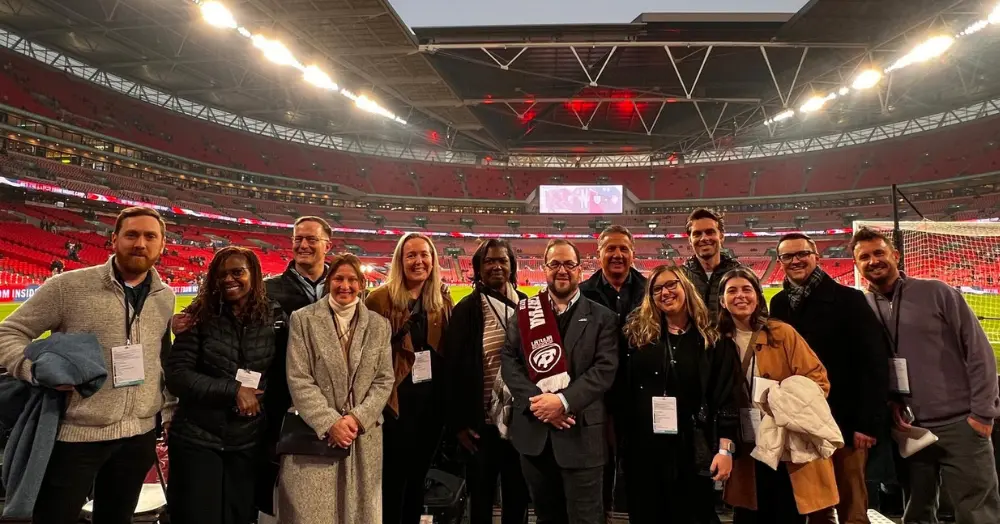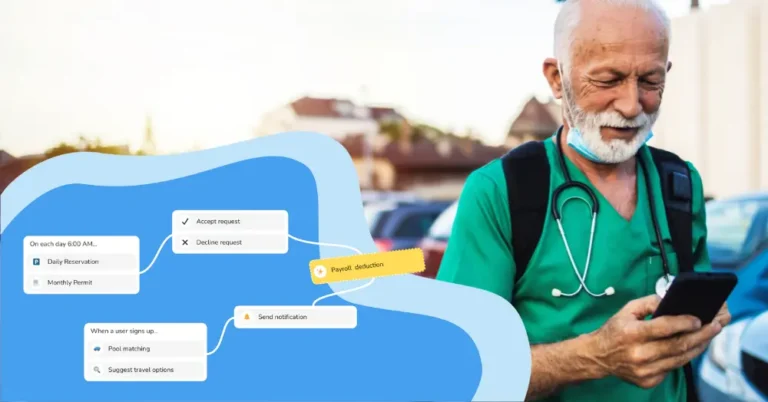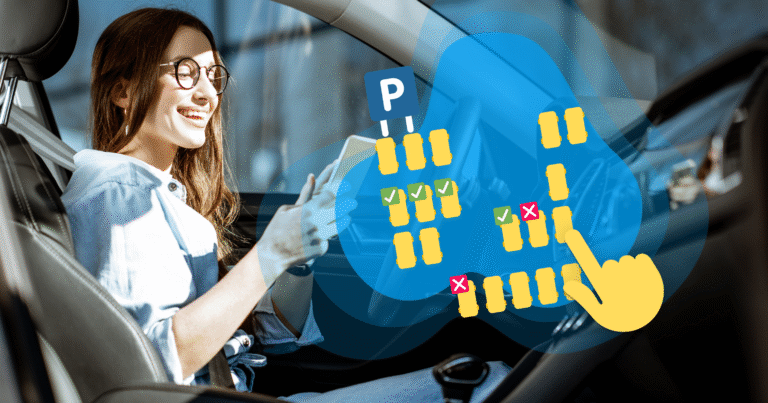In March 2025, the Association for Commuter Transportation (ACT) led a delegation of transportation demand management (TDM) professionals to London for a week-long exploration of TDM practices in the UK. The group, led by ACT Executive Director David Straus and Senior Director of Events Casey Murphy, included leaders from across the United States in the public and private sectors. I was delighted to join them. With major North American cities gearing up for events like the 2026 FIFA World Cup and the 2028 Summer Olympics, the experience was specifically focused on global best practices for large event TDM planning.
Transportation challenges arise anytime people converge on a single location in large numbers. Transit systems, road networks, and parking facilities experience sharp surges in demand, stressing infrastructure and causing gridlock. With foresight, planning, and strategic investments, organizers can ease these pressures, creating a more enjoyable attendee experience while reducing environmental impact.
Importantly, these strategies and solutions aren’t just for mega-events. They’re equally applicable to local events in cities and communities of all sizes.
UK-based TDM professionals have an impressive track record of TDM innovation and success and our delegation had the extremely good fortune to be hosted and guided by the brilliant staff and board members at Modeshift, a nonprofit working to help individuals and organizations develop and deliver sustainable travel interventions and strategies across the country.
We can learn valuable lessons from the work our friends in the UK do. Key large event TDM planning takeaways from ACT’s UK delegation cover:
- The importance of early, cross-sector coordination
- Integrating multimodal transportation options to improve the attendee experience
- Shaping travel behavior with smart communication strategies
- Leveraging TDM technologies to manage demand and streamline operations
The importance of early, cross-sector coordination
The ACT delegation’s visit to venues including Wembley Stadium, Olympic Park, Tottenham Hotspur Stadium, and Wimbledon highlighted the value of early, cross-sector coordination.
In the UK, venues routinely collaborate with local governments, transit agencies, and emergency services — often far in advance. This facilitates a centralized large event TDM planning model with aligned goals, clear accountability, and enforcement mechanisms.
In the United States, large event TDM planning often lacks this kind of structured cross-sector integration. Efforts become fragmented, inhibiting their effectiveness and making events more difficult for both attendees and organizers.
Our recommendation: Event organizers should adopt a proactive and unified approach to planning, prioritizing TDM and embedding it into all aspects of event development.
Integrating multimodal transportation options to improve the attendee experience
In the UK, it’s standard practice for venues to prioritize multimodal journeys over single-occupancy vehicle access. Parking facilities are generally more limited in the UK than they are in the United States, but the difference in approach is as much philosophical as it is practical.
Venues like Wembley Stadium and Wimbledon achieve high multimodal transportation engagement rates by combining transit access with shuttles, micromobility, and wayfinding systems. The benefits of this approach include:
- Reduced congestion
- Improved safety
- Streamlined event arrivals and departures
In the United States, event venues often cater to drivers. Location can be a factor, as many major arenas and stadiums are located on the outskirts of major cities. However, the car-centric approach also reflects embedded habits that can change for the better when the right supports are in place.
To start, U.S. venues could adopt a stronger focus on:
- Park-and-ride options
- Public transit
- Ridesharing and micromobility
- Biking and walking
More broadly, venue developers and event organizers can engage more directly with governments to enhance support for multimodal systems that enhance sustainability while providing a better attendee experience.
Our recommendation: Venues should cater less to single-occupancy vehicles and divert more resources to multimodal alternatives.
Shaping travel behavior with smart communication strategies
UK venues lead large event TDM planning with proactive, multi-layered communication strategies. These include:
- Personalized emails with links to journey planners
- Real-time updates via mobile apps, physical signage, and wayfinding
- Individualized travel plans based on real-time conditions
Because event organizers in the UK start early and segment their messaging by audience, they’re better able to shape attendees’ transportation plans — often well ahead of event day.
Our recommendation: Communicate early and across multiple channels, and embed personalized TDM support within messaging to make it easier for attendees to choose a more sustainable transportation option.
Leveraging TDM technologies to manage demand and streamline operations
TDM technologies are central to the mobility strategies event organizers use in the UK. Tools like predictive analytics, real-time dashboards, and control centers help stakeholders monitor traffic flow, transit capacity, and on-the-ground conditions.
As a result, venues and agencies can coordinate their responses as the event unfolds, dynamically adjusting both services and messaging. Digital signage and data-integrated wayfinding enhance efficiency and safety, while TDM planning tools play a critical role in forecasting demand, analyzing conditions, and delivering personalized trip recommendations.
These tools and technologies combine to transform transportation into a responsive, user-focused system. U.S. venues can adopt similar approaches to build more agile and resilient event transportation networks while reducing congestion and making it easier for attendees to use multimodal alternatives.
Our recommendation: Take advantage of TDM technologies and their powerful predictive analytics and real-time monitoring capabilities to build a better event experience for everyone.
Engage further with large event TDM planning
The UK’s large event TDM planning model provides U.S. venues with a proven, effective blueprint for reducing drive-alone rates through strong, strategic, and well-communicated support for multimodal alternatives. With huge international events like the World Cup and the Summer Olympics coming soon, now is the time for event organizers and venue administrators to take action.
Start by reviewing the full report of the ACT’s visit to the UK, which explains important observations and high-impact lessons in complete detail.
Then, explore RideAmigos’ CommuteHub platform and the powerful large event TDM planning features it offers. Uniquely, these include extensive features for both event planners and attendees. Planners can access deep, detailed analytics related to modesplit, modal demand, and parking capacity, while attendees can connect in real time with personalized travel options for their personal circumstances.
To get started with technology-enabled TDM, learn more about the CommuteHub platform and talk to one of our experts about integrating the most advanced event TDM tools into significant upcoming events in your venue or region.





